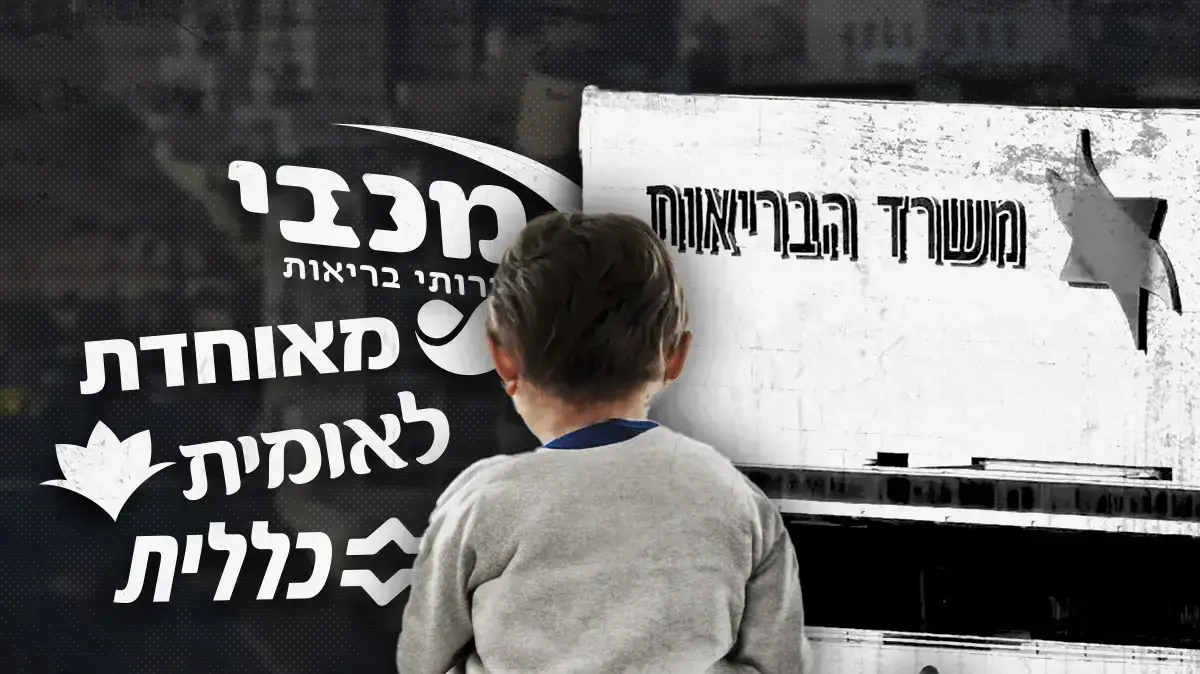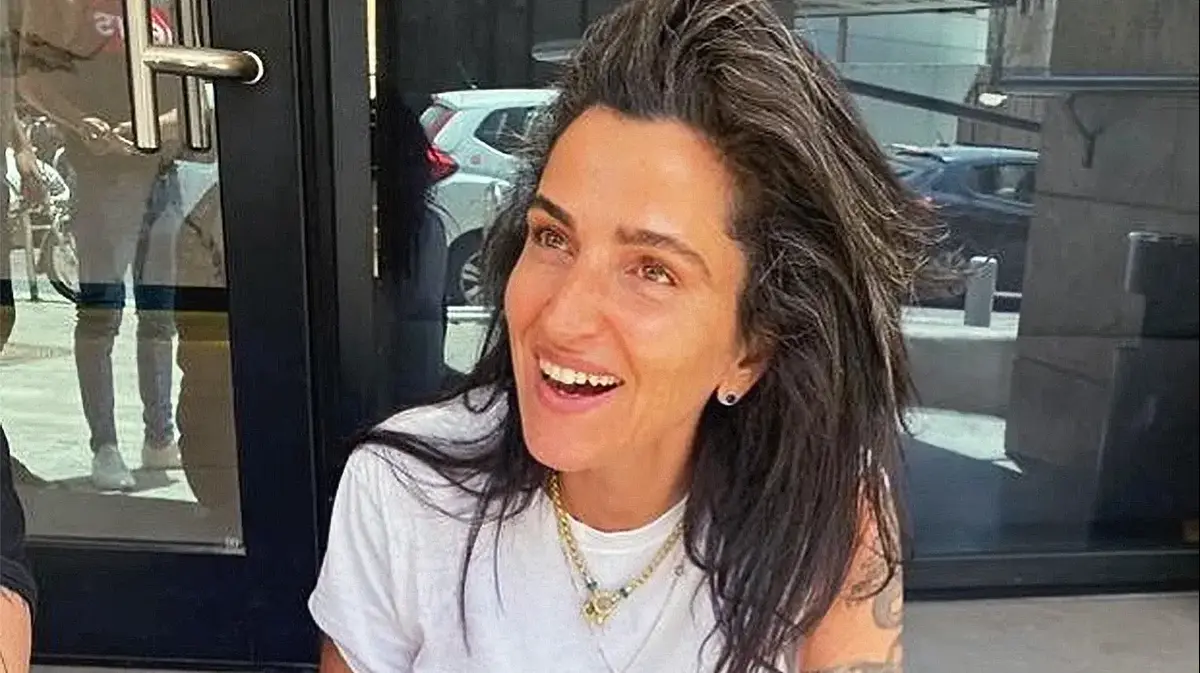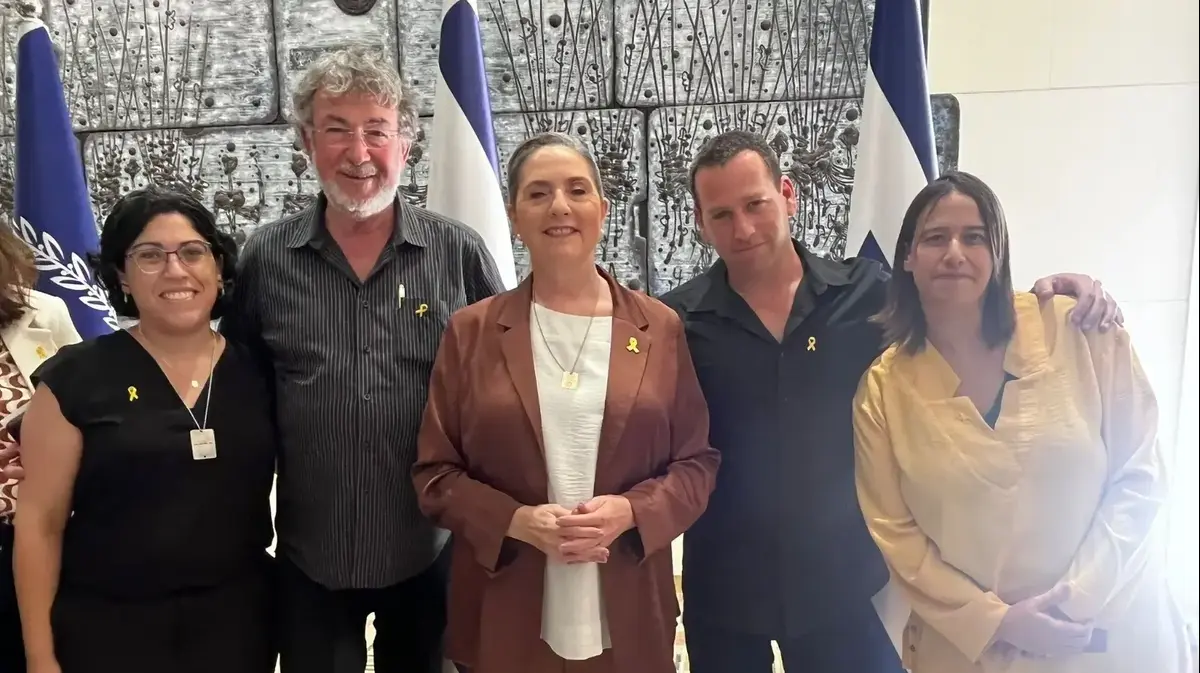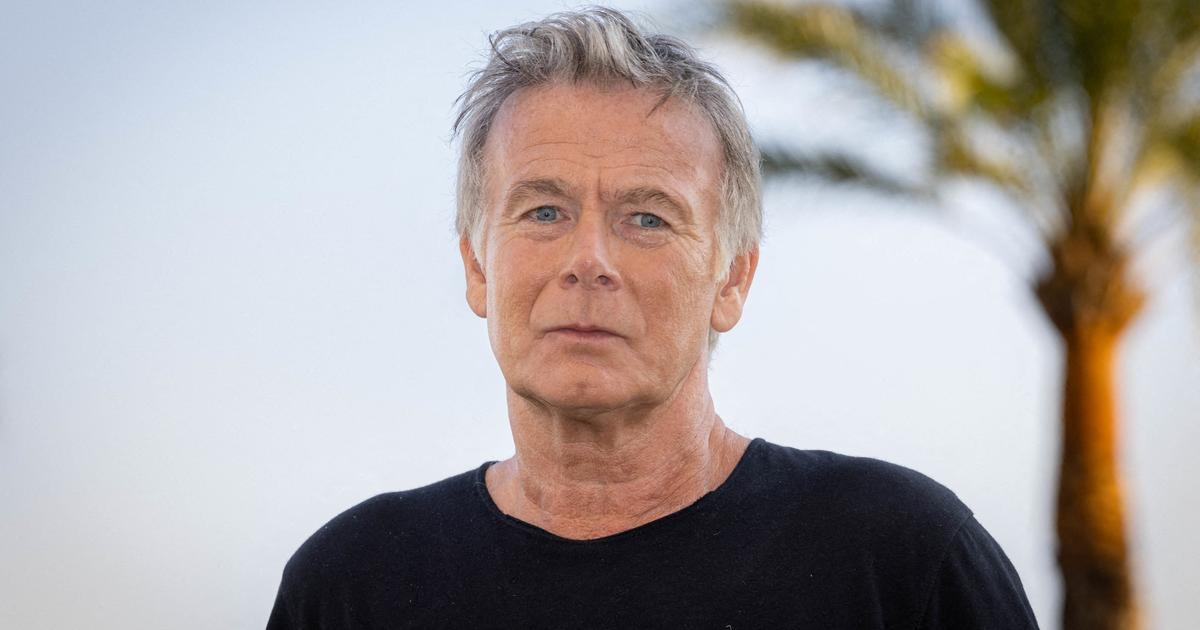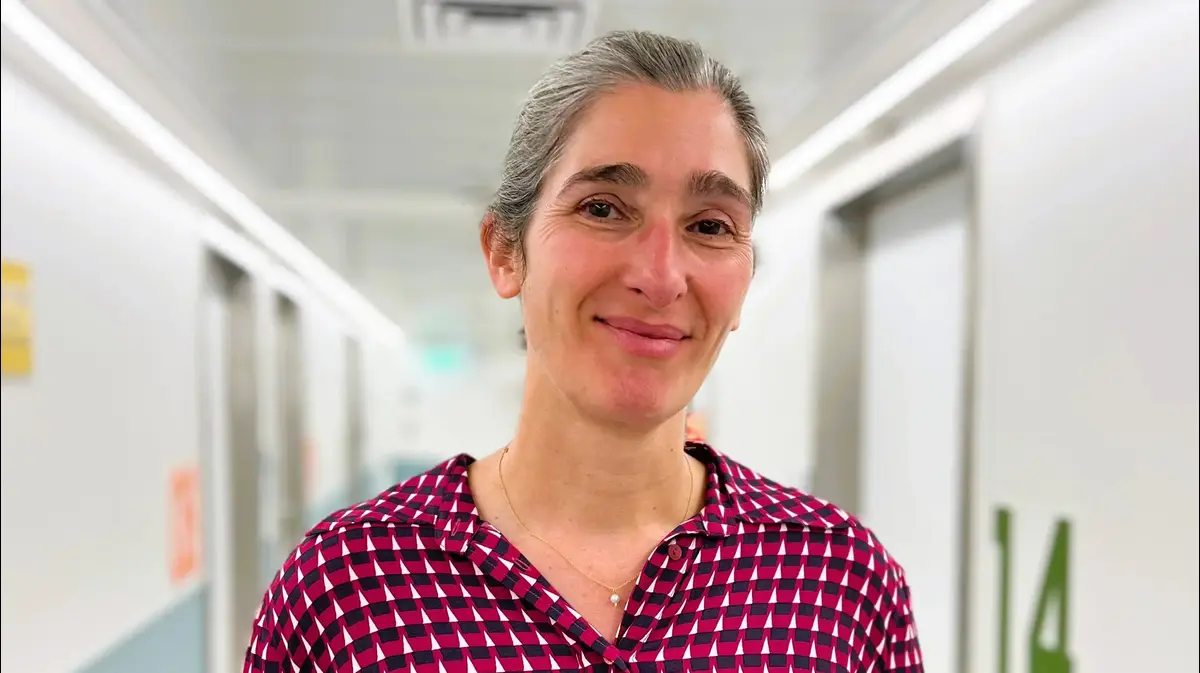The human soul is a delicate thing.
Personal crises, upheavals and traumatic experiences may leave her scarred, so it is recommended not to neglect the issue, and to receive professional treatment.
Not every person connects to psychological therapy, of sitting on an armchair and talking, and nowadays there are a multitude of therapeutic methods and treatments that choose a slightly different approach.
We have collected for you the most special treatment methods, which can answer a variety of problems, and help you.
animal Care
Animal care is a well-known niche in the field, and is a main pillar in the treatment of people with emotional problems.
You can find horseback riding therapy, therapy using animals in a living corner, and emotional therapy using dogs.
Tal Broder, a psychotherapist who treats animal integration, explains: "Participation of a dog in a therapeutic process with a psychotherapist helps break the ice, the patient can personify his feelings about actions performed by the dog, and get satisfaction from the dog's obedience to commands."
Who is the treatment for?
Mainly for children and teenagers, who are not yet ready for more intensive treatment.
The dog Lichi during treatment, photo: Tal Broder
Image and story therapy
The treatment method takes the patient's life story, and helps him connect to the innermost places by looking at pictures, looking at the past and coming to terms with it.
The binding of life as a digital album makes it possible to reconcile with the past, relax the mind and initiate new processes.
Pictures can stimulate memory, stimulate thoughts, and help create a narrative sequence, and organize the patient's inner world.
Looking at the pictures gives a new perspective, and helps in focusing mainly, and getting a complete and clear picture.
The patient looks at the pictures, connects to his feelings, to the events he experienced, puts focus on significant events, and leaves other events behind.
Efrat Shavit, facilitator of therapy through picture and story, and a member of the community of therapists SomeBuddy, shares a significant experience that a patient went through: "A grandmother came to me, who asked to make an album for her grandson who is celebrating a bar mitzvah. There was no connection between the two, and from the therapy the connection was renewed, and started a slow and proper process to a healthy relationship between them."
Who is the treatment for?
For adults only.
Drama therapy, bibliotherapy and art
The patient tells his story by using his imagination in writing in a diary, combined with art.
It is a tool of expression that uses creative ways and diverse techniques to undergo emotional therapy.
The work in the diary consists of intuitive writing, the use of prints, doodles, watercolors and more.
The work in the diary encourages the patient to take a break and observe his life in a meaningful way.
Ofra Kreps, an expression and creativity therapist, tells about a case she experienced in therapy: "S. is a teenage girl who became depressed, and did not agree to cooperate with a therapist in any way. We suggested that she try the visual diary, and she went through a deep personal process, and opened up to talk about difficult and complex issues such as Apostasy and self-harm. After eight months, she admitted that she got out of depression only thanks to the treatment."
For whom the treatment is intended: children from elementary age and above, teenagers, adults, and those who connect to going out with art.
Art therapy, photo: Ofra Kreps
art therapy,
Gardening care
Therapeutic gardening is a non-verbal emotional treatment method, where the garden and the space allow the patient to express his inner world, and create a metaphorical world for him that helps him deal with everyday difficulties.
The patient chooses a plot of land for himself, defines its boundaries, and begins to build his world.
The garden includes growing plants, working with mud and other elements.
As part of the treatment there is also a sandbox, which the patient uses in miniatures.
The patient expresses himself authentically, and throws his world on the sandbox.
Anat Domosh, a gardening therapist and parent instructor, tells about a therapy that was particularly successful: "A girl whose parents are separated and experiencing difficulty in dealing with the matter, came to therapy in the garden. Playing in the sandbox, she created two areas, one for each parent. During the therapy, the houses became closer, and the girl was able to emotionally process the the process".
For whom the treatment is intended: children, the elderly, the mentally ill, those suffering from various syndromes, brain injuries, and those who have a positive attitude to nature.
Gardening care, photo: Dodo Greenspan, archive
Movement and nature therapy
The treatment is intended for children and helps to deal with difficulties and challenges.
The sessions combine movement, play, physical activity and being in nature.
The treatment helps in dealing with frustration and uncertainty, helps in creating social relationships, improves self-awareness, the ability to regulate and set goals.
In the meeting, the children practice mental skills, while learning experientially that remains for a long time.
At the end of the meeting, the participants express their thoughts and feelings, and draw conclusions that are also related to their daily lives and dealing with difficulties.
Assaf Shem Tov, a cognitive therapist in therapy and movement in nature, says: "Yonathan came to me as a talented but introverted child with 'unrealized potential'. He avoids social interactions, and does not look people in the eye. He was bullied by other children, and he came to me afraid of a variety of things, who prevented him from participating in social activities. He even withdrew from the football club he loved. We established the bond through games, walking in nature and running, and strengthened it. We went through his fear mechanism, and touched his fears through imagination. He experienced small successes, built a sense of competence, and managed to improve The self-confidence. After six months, he returned to the football club, and his social situation also improved miraculously."
For whom the treatment is intended: boys and girls, and teenagers, ages 6-18.
Movement therapy, photo: Asaf Shem Tov
Psychoenergy treatment and nature therapy
The treatment method is called "the hero's journey" and helps the patient go through a deep process.
Eyal Bichler, a therapist in the field, explains: "The patient receives tools to transform from a reaction to an initiative, and to be the central hero of his life. He moves to a comprehensive view of his life and receives a broad perspective on it."
Who is the treatment intended for: women and men aged 35-55, who are at a crossroads and feel stuck, are afraid of changes, and feel loneliness and excessive demands on themselves.
were we wrong
We will fix it!
If you found an error in the article, we would appreciate it if you shared it with us


